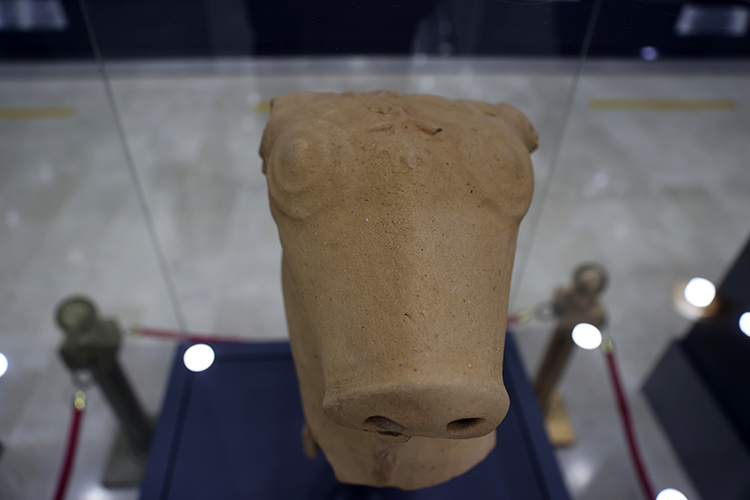
Excavator Operator Uncovers Ancient Treasure: Hittite Bull-Headed Jug Piece Now on Display in Sivas Museum
In a remarkable twist of fate, a routine sand excavation near Türkiye’s Kızılırmak River led to the discovery of an extraordinary artifact from the ancient Hittite civilization. A bull-headed piece of a massive ceremonial jug, dating back over 3,000 years, has been unearthed by an excavator operator in the Şarkışla district of Sivas Province—and is now captivating visitors at the Sivas Archaeology Museum.
“The Şarkışla Bull”: Largest of Its Kind Found to Date
Dubbed the “Şarkışla Bull” after the region where it was found, the artifact is considered the largest known example of bull-headed jug fragments from the Hittite period. The intricately sculpted head features almond-shaped eyes, a raised snout, an extended tongue, and oak leaf–like decorations on the forehead—classic elements of Hittite iconography.
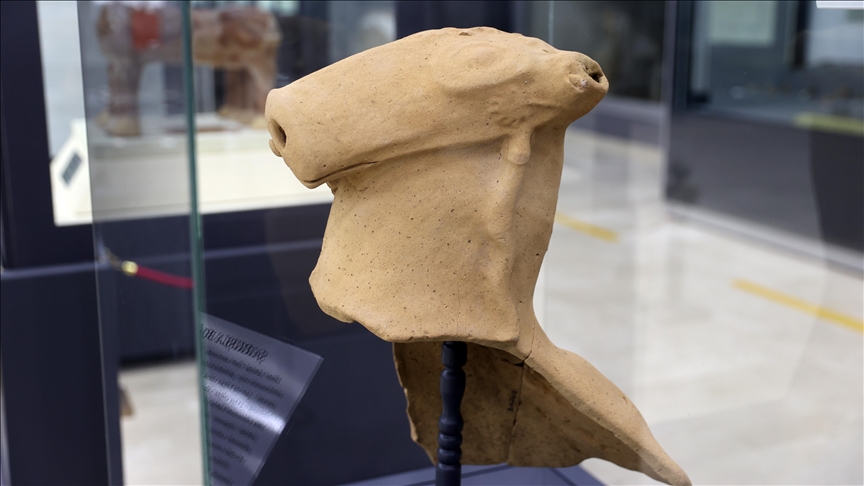
A Sacred Relic from the Banks of Ancient Samuha
Dr. Çiğdem Maner, archaeologist and excavation director at Kayalıpınar (the ancient city of Samuha), explains that this type of jug was likely used in religious libation ceremonies dedicated to the storm god and goddess Ištar. Samuha, once a major Hittite ritual center along the Kızılırmak River, is known to have hosted sacred festivals during the 17th to 12th centuries BCE.
“Bulls were symbols of the storm god,” says Dr. Maner. “These jugs, often used in temple ceremonies, were designed to let liquids flow out through the bull’s mouth and nostrils as part of the ritual.”
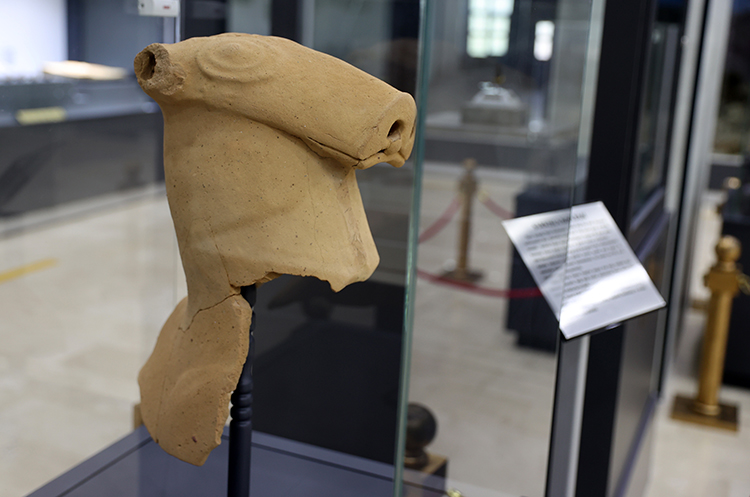
A Journey Through Water and Time
The jug fragment is believed to have traveled over centuries through the river, eventually settling in a sandy bank where it was accidentally discovered during excavation work. Though the base of the vessel has not yet been found, the scale of the bull’s head suggests the complete jug would have been colossal in size—making it not only a religious object but also a technological marvel of its time.
📣 Our WhatsApp channel is now LIVE! Stay up-to-date with the latest news and updates, just click here to follow us on WhatsApp and never miss a thing!!
A Construction Worker Becomes a Cultural Hero
The anonymous excavator operator who discovered the piece promptly reported it to local authorities, a gesture that archaeologists have praised as an exemplary act of heritage preservation.
“Without his awareness, this masterpiece could have been lost forever,” says Dr. Maner. “His responsible action marks an important moment in Turkish archaeology.”
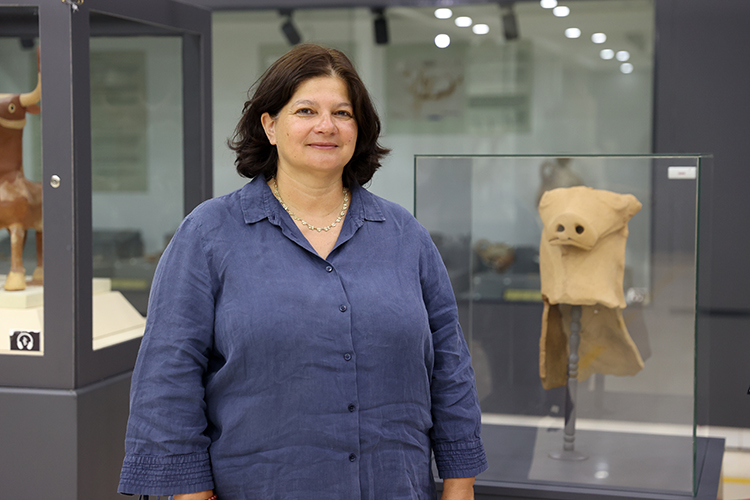
Now on Display: A Glimpse Into the Hittite World
Following careful conservation and restoration, the artifact is now exhibited at the Sivas Archaeology Museum, drawing the attention of historians, tourists, and archaeology enthusiasts worldwide. Experts highlight the bull-headed jug as a significant piece of Anatolia’s Bronze Age heritage, offering new insights into Hittite religious life and craftsmanship.
Plan Your Visit to Witness a 3,000-Year-Old Legacy
This extraordinary find is more than just pottery—it’s a window into the spiritual world of the ancient Hittites. The Şarkışla Bull serves as a powerful reminder of Turkey’s deep and layered past, waiting to be explored by curious minds.
You may also like
- A 1700-year-old statue of Pan unearthed during the excavations at Polyeuktos in İstanbul
- The granary was found in the ancient city of Sebaste, founded by the first Roman emperor Augustus
- Donalar Kale Kapı Rock Tomb or Donalar Rock Tomb
- Theater emerges as works continue in ancient city of Perinthos
- Urartian King Argishti’s bronze shield revealed the name of an unknown country
- The religious center of Lycia, the ancient city of Letoon
- Who were the Luwians?
- A new study brings a fresh perspective on the Anatolian origin of the Indo-European languages
- Perhaps the oldest thermal treatment center in the world, which has been in continuous use for 2000 years -Basilica Therma Roman Bath or King’s Daughter-
- The largest synagogue of the ancient world, located in the ancient city of Sardis, is being restored

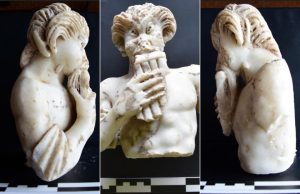
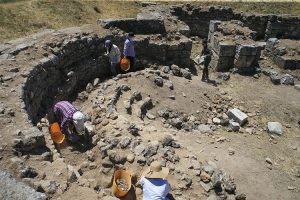
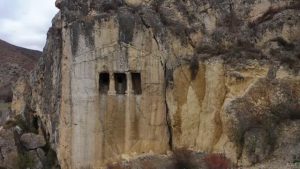


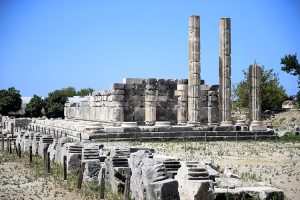


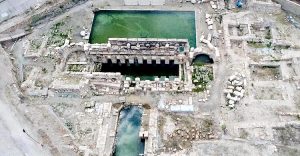
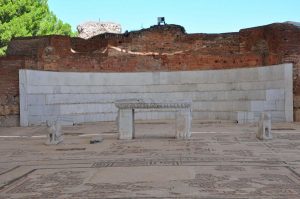
Leave a Reply